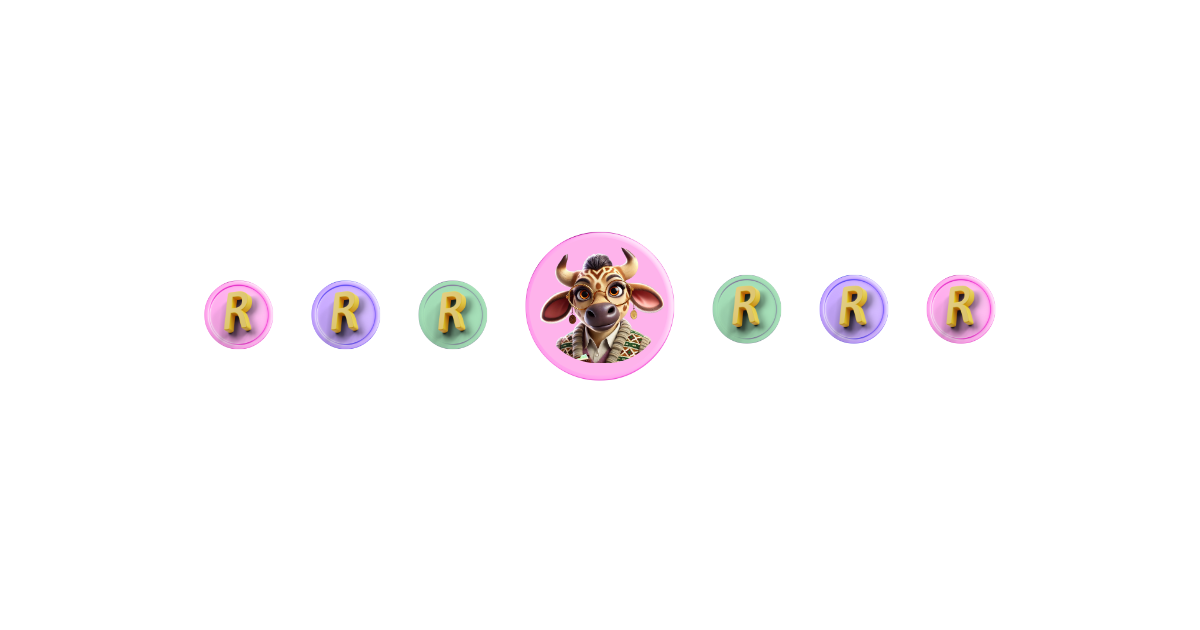.png)

How to teach kids to compare prices using real-life tips, fun games, and a free worksheet to build money confidence and value-based decision-making
Every price tells a story.
Ever watched your child reach straight for the biggest, brightest, wildest toy in the shop — without even looking at the price tag?
Yeah, most kids aren’t born bargain hunters.
And that’s exactly why teaching them to compare prices matters.
Cause if we won’t teach them, the 100+ ads for stuff they see every day surely will.
The goal isn’t to raise obsessive penny-counters, but rather to teach kids to compare prices so that they grow into thoughtful decision-makers who slow down, ask questions, and think before they spend.
1. A Mindset to Cultivate
The question isn’t just “How much does it cost?”
It’s “Is it worth it?”
That shift in mindset from price to value helps kids realise:
• Paying more isn’t always bad.
• Paying less isn’t always smart.
We want them to get into the habit of weighing trade-offs. What are they getting for the money? Is the item better quality, longer-lasting, or more useful?
You can build this mindset by asking simple questions while shopping:
“Would you rather get one big thing or three small things?”
“What makes this a better choice for you?”
Takeaway: Use everyday shopping moments to discuss what makes something a good buy.
A budget is a powerful money tool when it comes to comparing prices. Learn how to teach kids to budget.
2. A Habit to Form
Kids are always watching. So they’re always learning from what we do more than what we say.
In fact, research shows that modelling behaviour is more effective than many formal teaching methods. So the next time you’re in the grocery store, narrate your thought process out loud. It might feel silly, but it works.
Try things like:
• “This one’s bigger, but it’s R10 more. Is it worth it?”
• “Let’s check if it’s cheaper online.”
• “They’re the same price, but this one looks like better quality.”
You’ll be surprised how quickly they start doing the same.
Takeaway: Turn price-checking into a team game.
Got a cash gift from Granny? Learn how to teach kids to best use Granny’s gift.
3. A Tip to Try
Kids learn best through play. It’s one of the most powerful ways they build real-world skills. So why not turn price comparison into a game?
Try this:
• Give them R50 and two options to choose from.
• Ask: “You can buy one, but which gives you the best value?”
Or go all in and set up a pretend shop at home — complete with price tags, pretend money, and a few “specials.” Let your child play both the shopper and the seller. This double perspective helps them think critically about deals and pricing strategies.
Takeaway: The lesson lands better when it’s lived.
Learn more about how to teach kids the value of money.
Free Download: The Smart Shopper Comparison Worksheet
We’ve put together a printable Smart Shopper Purchase Comparison Worksheet to help your child think through different options before making a purchase.
They’ll compare:
• Where the item is from
• The price
• The brand
• Quality
• Any extra bonuses
Then they’ll mark which item wins each category with a star, before wrapping it up by writing a few lines about why they made their final choice.
It’s a simple, thoughtful way to build financial confidence one decision at a time.
